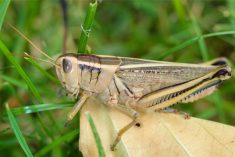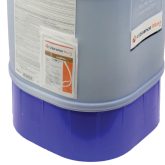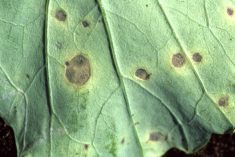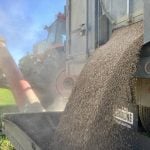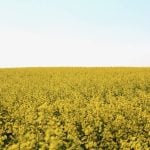We’ve had a lot of discussion in these pages lately about herbicide-resistant wild oats, so you’ll be interested to know Gowan Canada last month picked up a label expansion for its pre-plant granular herbicide Fortress MicroActiv, to include its use in field peas and lentils.
Fortress, which combines triallate (Group 15) with trifluralin (Group 3), is already registered for control of wild oat and wild millet (green and yellow foxtail) in spring wheat, durum, spring barley, canola, mustard and flax, plus suppression of certain other annual broadleaf weeds in those crops. It’s now covered for those uses in field peas as well as for fall applications in lentils.
Fortress’ modes of action are used as a “base layer” to manage those weeds, including Group 1- and 2-resistant wild oat, in sequence with post-emergent herbicides, Gowan says.
Read Also
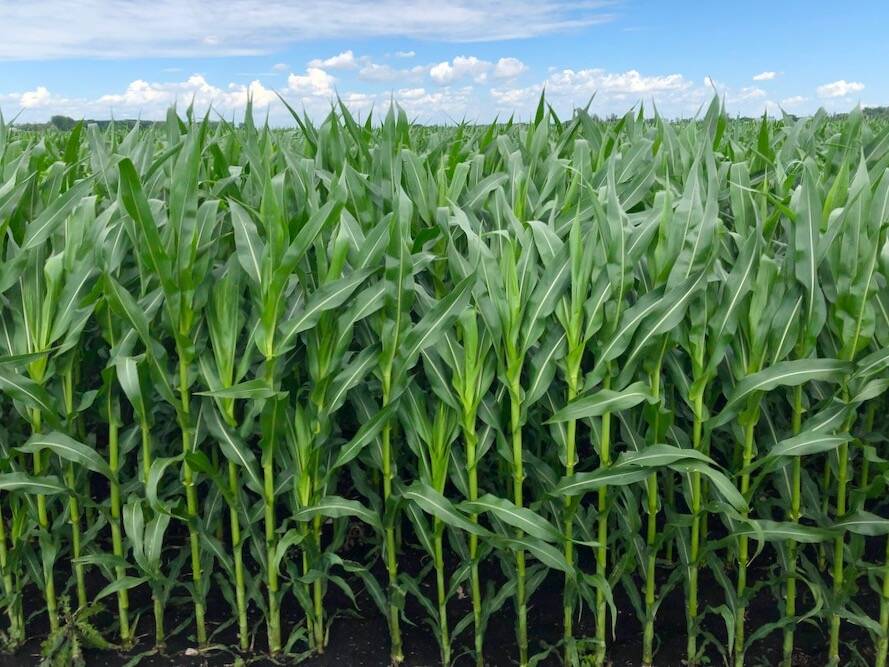
Cancer agency reclassifies another herbicide ‘probably carcinogenic’
The WHO’s cancer research agency has now put atrazine, a herbicide well known to corn growers, in the same potential-hazard category where the agency put glyphosate.
“Obtaining pea and lentil on the Fortress MicroActiv label is great news to offer to the growers of these important crops as it enables them additional flexibility to manage herbicide resistance across their crop rotations more efficiently and effectively,” Gowan’s Dale Ziprick says in a release.
On its current Fortress label, Gowan notes some populations of green foxtail have developed tolerance to trifluralin (which you might remember also as the active ingredient in Treflan), so you’ll want to make sure not to use trifluralin repeatedly on the same field, or to go to a separate product if you’ve already found Group 3-tolerant green foxtail on that land.
As for Fortress’ other active, triallate (also the active in Avadex) — you may remember it instead being in Group 8 once upon a time. In 2021, according to Gowan, the weed science organizations in charge of such matters ruled that the mode of action formerly known as Group 8 has a similar mode of action to Group 15. So, Group 8 was eliminated and the products from that group were moved to Group 15.
If you already knew about that change, I’m mentioning it here only because I hadn’t heard about it until now. Either way, as Gowan said at the time, “the efficacy and pattern of use in rotating these chemistries has not changed and they remain as effective as always.”





